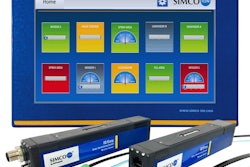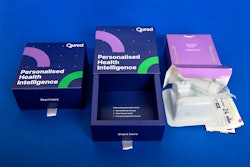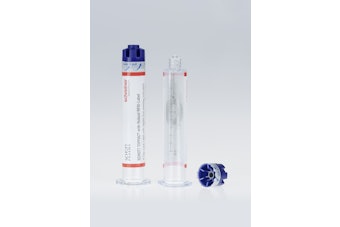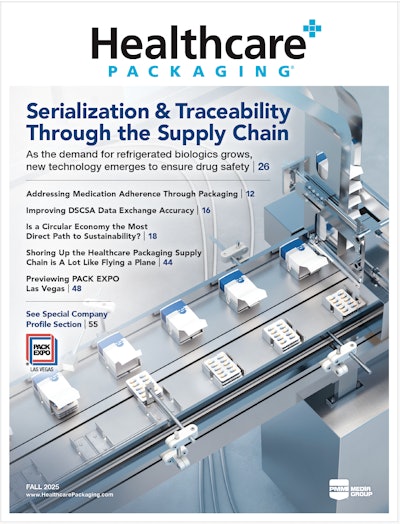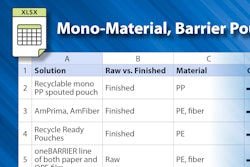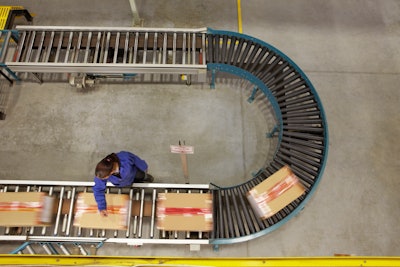
Last month, Tim Hayes reported on Amazon's new multi-modal identification aims to link photo recognition and robotic packing in its warehouses. This is, of course, an ongoing topic as vision technologies emerge and evolve to meet industry needs.
Recently, GS1 US issued a statement on the topic, clarifying its work with Amazon and other members of the Board of Governors, explaining that the barcode is here to stay:
“At GS1 US we have been delivering unique product identification standards for 50 years, which has improved supply chain visibility and inventory accuracy for many of the world’s biggest brands and small businesses across industries. GS1 standards have guided companies on their digital transformation journey from the first brick-and-mortar barcode scan in 1974 to the more recent rise of omnichannel commerce. Throughout this period, we have collaborated with industry leaders to automate their supply chains, ensure interoperability across trading partners and “innovate together” – including with one of our biggest members, Amazon.






